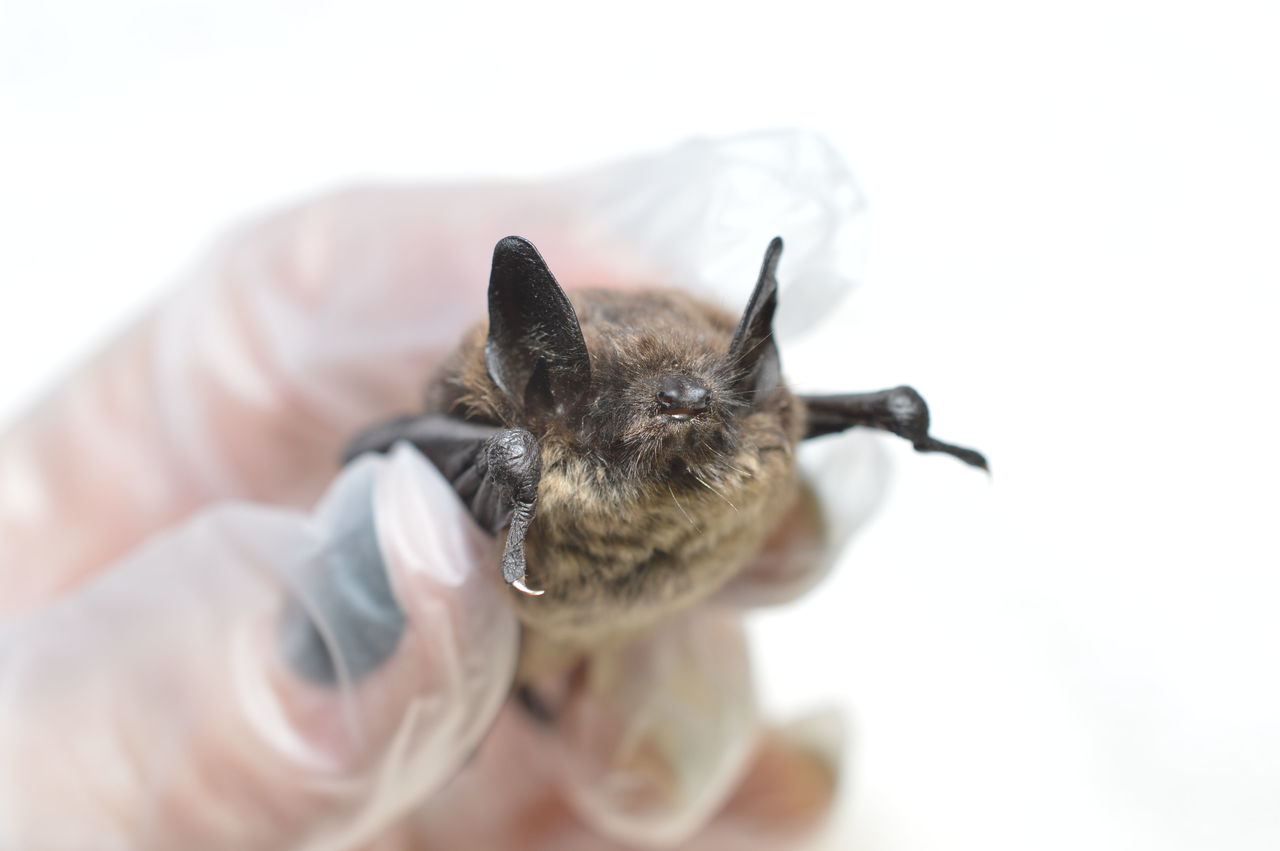LYNNWOOD — A wildlife veterinarian for PAWS Wildlife Center in Lynnwood spotted a case of white-nose syndrome in a sick bat.
It’s the first time the fungal infection, which can devastate bat populations, has been found in the Western United States. The little brown bat was found by hikers on a trail near North Bend. The hikers brought the bat to PAWS, where it later died.
The veterinarian, John Huckabee, had worked exclusively with wildlife rehabilitation since 1991 and has worked at PAWS for 18 years.
Huckabee said that he suspected white-nose syndrome because the bat, which was an adult female, had skin lesions that were consistent with the condition. He said the bat’s skin was damaged and contracted with scabs on the wing membranes. The bat did not have a white nose, which is often seen in infected bats. Huckabee had never seen the condition in person before, but was familiar with it from speaking with colleagues and through conferences, professional communications and other sources.
After the bat’s death, Huckabee contacted the state wildlife veterarians and sent the bat for testing. The U.S. Geological Survey’s National Wildlife Health Center confirmed the presence of white-nose syndrome.
Huckabee said he was surprised and concerned by the presence of the syndrome in Washington, due to the significant health implications for bat populations.
“We are doing important work by monitoring for diseases like WNS that have such a potential for impact on the health of bat populations,” Huckabee said. “Through our work in wildlife rehabilitation, PAWS plays a role in the larger picture of helping in the surveillance for other diseases that impact not only animal populations but may have human health impacts as well.”
Officials say the news is concerning because the disease spreads rapidly. It has killed more than 6 million bats in 28 states and five Canadian provinces since it was first documented nearly a decade ago in New York.
WDFW veterinarian Katie Haman said the disease is transmitted primarily from bat to bat, although people can carry fungal spores on their clothing, shoes or caving gear.
“The bat found near North Bend most likely had been roused from hibernation and was attempting to feed at a time of very low insect availability,” Haman said. “At this point we don’t know where the infected bat may have spent the winter, but it seems likely that it was somewhere in the central Cascades.”
Wildlife officials plan to monitor the area in Washington where the sick bat was found to find out whether other bats are affected.
The disease doesn’t affect people or other animals. But bats are valuable because they eat mosquitoes and other insects, including those that damage trees and commercial crops.
If anyone finds a dead bats, or notices them exhibiting unusual behavior, such as flying outside during daylight or in freezing temperatures, they are asked to contact the Washington Department of Fish &Wildlife’s Wildlife Health Hotline at 800-606-8768.
The Associated Press contributed to this story.
Talk to us
> Give us your news tips.
> Send us a letter to the editor.
> More Herald contact information.
























